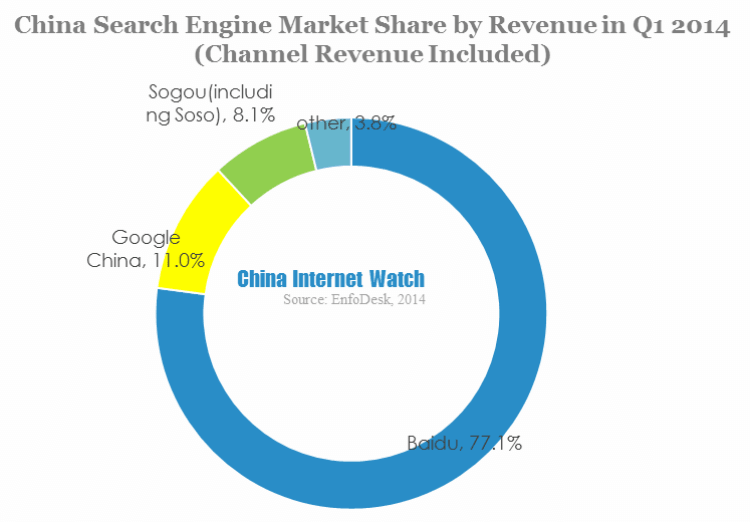America is a land of immigrants. From centuries, People all over the world have migrated to this country to live American dream. Many have also become American citizens and contribute in the prosperity and development of the country. Recently I read an article “Changing Face of America” which shows the distribution of Americans belonging to different race and ethnicity as percent of total population over a period of time.

What I like about the graph
1] This is a perfect example of how a bad, deceptive and wrong visualization looks like.
Wrong – Because the data has nothing to do with the 50 states in US. The data is all about population distribution over 50 years,. Only the author can tell Why is the US map is used to show the percentage distribution of population
Deceptive – This is extremely confusing. It gives an impression that all the Asians Americans use to live in either Northern Maine or upstate Washington while South Dakota is an excellent place to be black. The best/worst part is There is not a single Hispanic within a thousand miles of the Mexican border
Bad – Another problem with this chart is that none of the percentage seem to add up to 100%. For the left and right extremes we can maybe assume that the numbers for the upper regions are simply too small to be displayed. But how do we explain the middle section? There are only three colors and the three numbers add up to 92%
A correct and better version of this data representation is

What I like about this graph
1] US map is not used, which makes life easy for audience.
2] It is easy to read and understand the distribution of population as per race/ethnicity from 1960 till date and the prediction till 2060.
3] Vertical line separating the past (exploratory data) and the future (prediction)
4] Good color combination for different entities
5] Numbers are marked even for smaller areas of graph. Users are not kept guessing about the numbers
How will I change the graph
1] Create a bar graph showing percentage of population of different races/ethnicities over a period of time
2] Create bins for years, so that general trend can be viewed. This also helps to convey lot of information (1960 to 2060) in small space
Learnings from class
1] Understand the claim – It is very important to make the correct claim. The above visualization had no claim and so it was up to the audience to interpret the results.
2] Select a right context – It is imperative to select known and standard graphs for particular patterns. Example can be to use bar graph/line graph to show growth trends over time. Choosing a US map completely changed the context of the graph and showed deceptive information
3] Visual confirmation – Check if the graph conveys the right information. Scan through all parts of the graph (and change the filters) to check if it displays the right information
4] Careful use of infographics – Do not make simple thinks complicated. Though visualizations can be appealing, they can be harmful/deceptive. Be careful while playing with numbers. (example – percentage should add to 100)
5] Identify your audience – Visualizations are used to convey information in a clear/better/correct way. Deciding the audience of the visualization helps to decide what kind of infographics to use.
references –
http://cartonerd.blogspot.com/2014/04/changing-face-of-america-bravo.html
http://digbysblog.blogspot.com/2014/04/
http://livingqlikview.com/the-9-worst-data-visualizations-ever-created/







